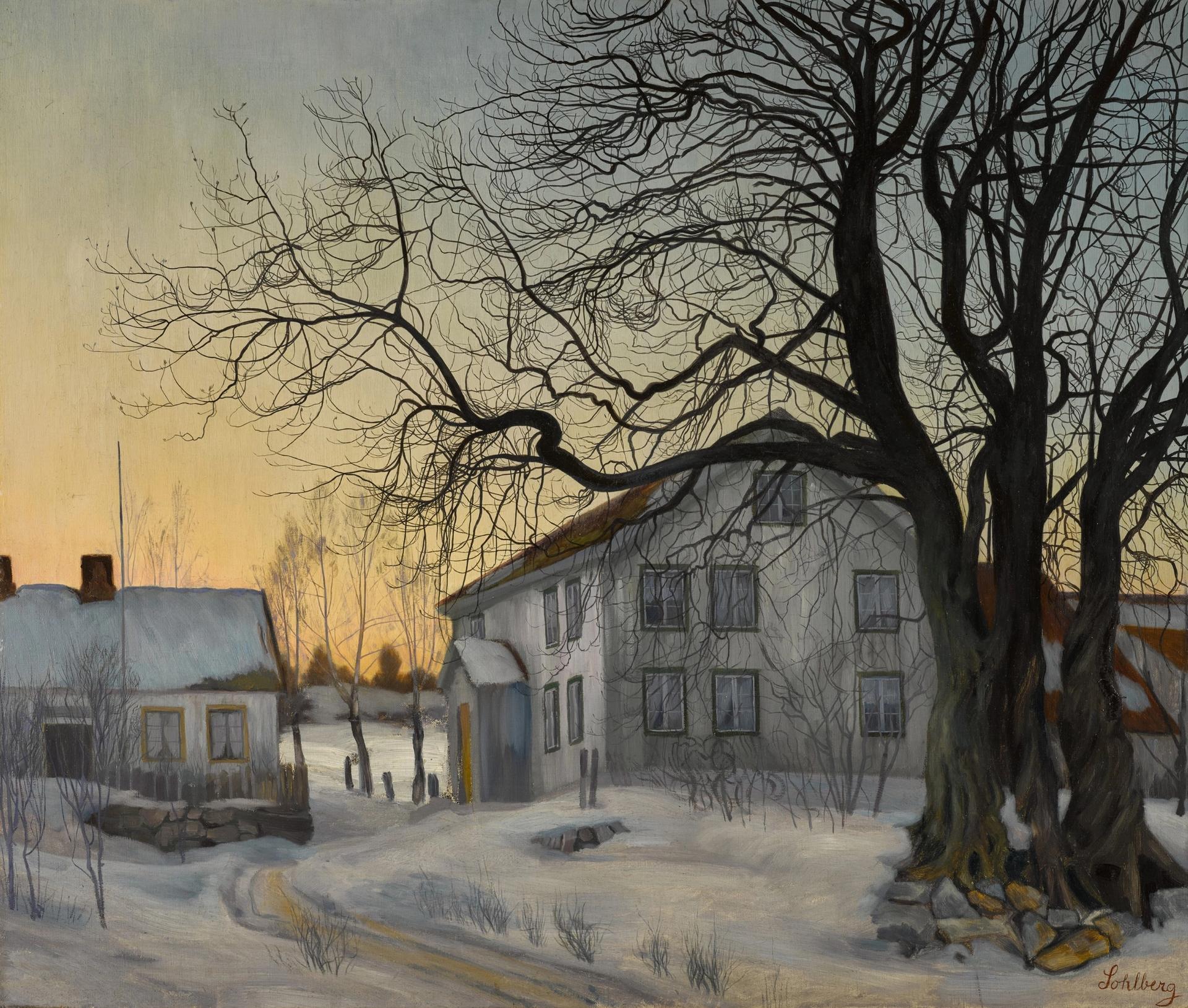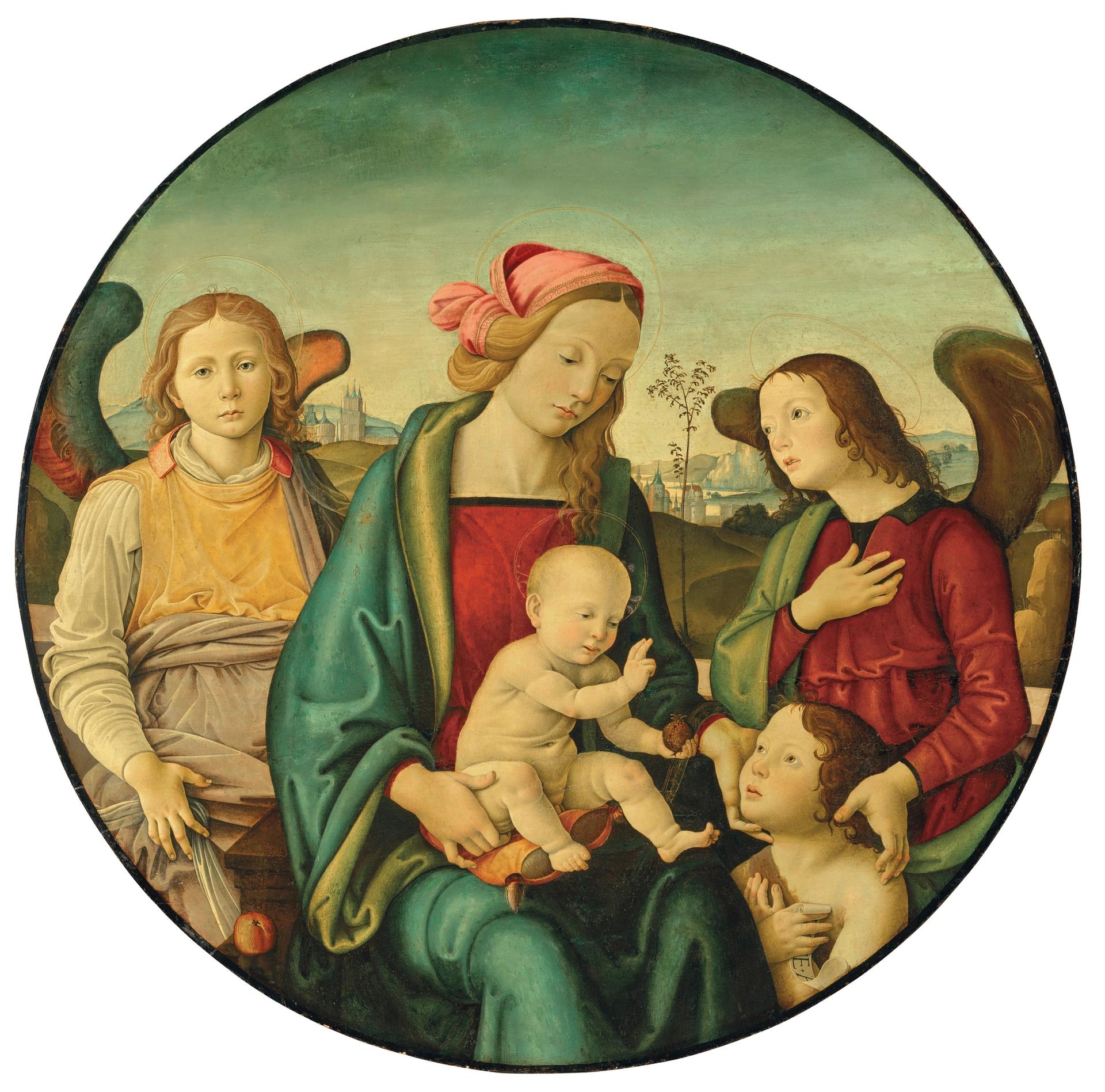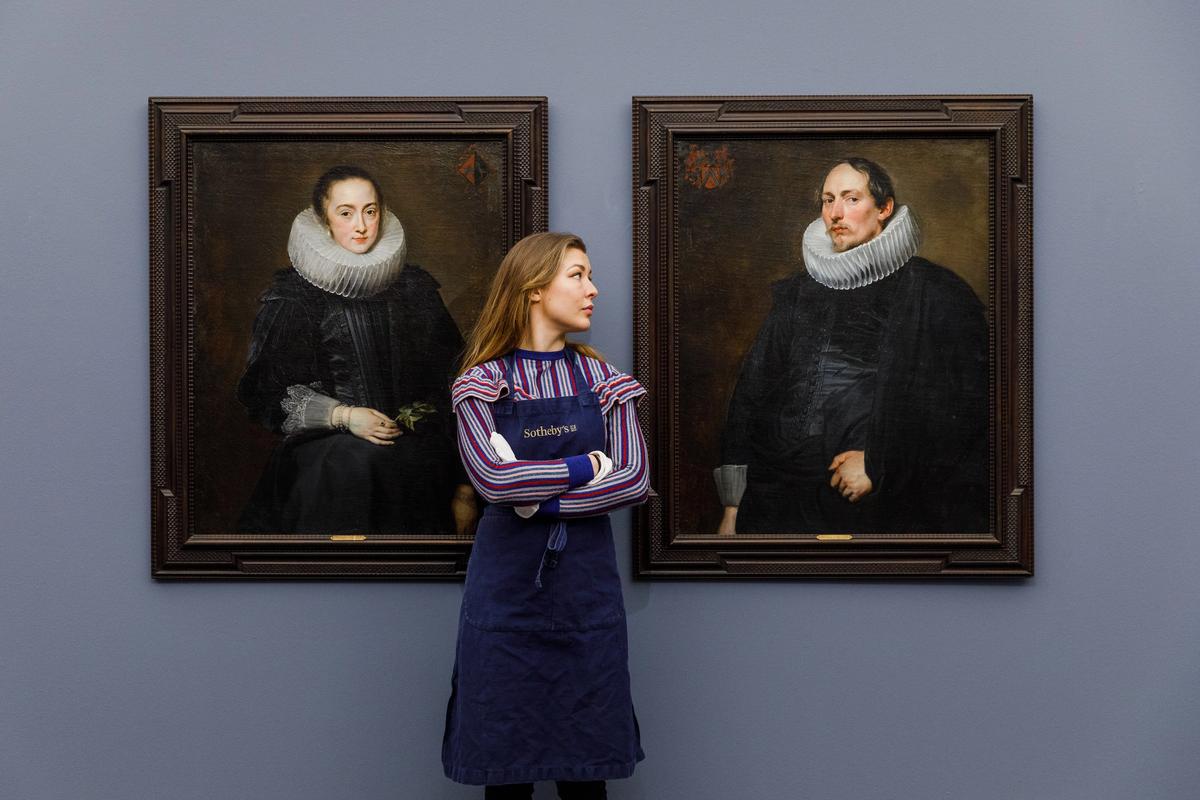While the world’s wealthiest scramble to pay multiple-estimate prices for works of art by the newest kids on the auction block, the market for less fashionable Old Masters continues to struggle.
Sotheby’s and Christie’s first live December evening auctions of Old Master pictures in London for two years grossed a combined £29.3m (with fees), 19.5% down on the total achieved at the equivalent pre-pandemic sales in 2019 (£36.4m with fees).
Supply remains a key issue, particularly in London. “Good Old Master paintings are more difficult to find,” says Emilie Berthelot, a Paris-based art adviser. “With the pandemic, people are maybe less keen to sell, there are more and more private sales for the top works and people keep their good paintings for Sotheby’s in New York in January.” Then, on top of that, “Brexit is a mess for a lot of people, both sellers and buyers,” Berthelot adds.
Rising Covid infection rates aren’t helping the Old Master market either, hindering international transactions and creating doubts that the Tefaf Maastricht fair in the Netherlands—Europe’s only fair of old art that attracts a truly global audience—will go ahead as a live event in March. Its Belgian curtain-raiser, the Brafa fair in Brussels, scheduled for January, has already been postponed.

Harald Sohlberg's The Old Captain's House, Winter Afternoon
Courtesy of Sotheby's
Berthelot and most other specialist Old Master dealers thought that though quality levels might not be what they were, Sotheby’s 33-lot Wednesday evening offering had the edge over Christie’s this time round.
Sotheby’s sale included a virtuoso pair of half-length portraits by Van Dyck, made in 1628 during his second period in Antwerp, before returning to England to become an official Court painter. Depicting the Antwerp luminary Jacob de Witte and his wife Maria Nutius, these rarely exhibited, finely preserved canvases had not been seen on the market since 1978. “They’re stellar,” says Cliff Schorer, an American collector who is a shareholder and consultant at the London dealers Agnew’s. “The hands are fantastic.”
The portraits’ status as the stand-out lot of the week was confirmed by a lengthy duel between two telephone bidders that resulted in an upper estimate price of £6.2m (with fees), the second-highest yet achieved for Van Dyck at auction, according to Artprice.
Sotheby’s also managed to sell a highly decorative and rare set of four paintings of the Four Seasons, dating from about 1600, by the Flemish artist Sebastiaan Vrancx to the same telephone buyer for £1.1m (with fees). An early J.M.W. Turner landscape, Cilgerran Castle, Wales, sold for a further £1m (with fees), but there were no takers for a recently rediscovered fifth version of John Constable’s The Glebe Farm, ambitiously estimated at £3m to £5m.

Florentine school tondo of the Madonna and Child with the Infant Saint John and two Angels
Courtesy of Christie's
Otherwise Sotheby’s sale mostly consisted of a procession of reasonable, but unremarkable paintings dating from 1500 to 1850 that sold to telephone bids in the £100,000 to £500,000 range. The auction totalled £18.9m (with fees) with six lots failing to sell. Underlining the shortage of quality early pictures, the total included £2.7m (with fees) for a 1909 landscape by the Norwegian Neo-Romantic painter Harald Sohlberg. All this was far cry from the £48.3m Sotheby’s achieved for an Old Master sale in London back in 2011.
“The estimates are fair and the works are selling, but the problem is the quality. The works are the second or third choices by the artists,” says Marco Voena, the co-founder of the international dealership Robilant + Voena, which has a gallery in London. “There are too many auctions around and there are not many private collectors.”
The previous evening, Christie’s 46-lot Old Master offering, padded out with four pieces of sculpture, raised £10.4m (with fees), well under its £12.3m low estimate (calculated without fees). About a quarter of the lots failed to sell, including two of the three works expected to make more than £1m. But one of 11 versions of Pieter Brueghel the Younger’s Massacre of the Innocents, dating from about 1600, did spark a flurry of telephone bids, setting a top price of £2.4m (with fees). This was more than double the low-estimate, but was about half what another version made in London in 2009, according to Artprice.
A fine quality Florentine tondo painting of the Madonna and Child with the infant St. John and two angels (around 1500), traditionally attributed to the little-heralded Master of the Holden Tondo, also attracted competition. Estimated at £80,000 to £120,000, it climbed to £500,000 (with fees). “We’ve done a lot of research on this. The painting is by a better hand, but we don’t know who,” says Schorer of Agnew’s. “Speculators might have thought one or two of the figures were close to Botticelli. That’s why it made the money.”
Meanwhile, on view back at Sotheby’s, displayed on its own in reverential gloom next to images of Durer’s Self-Portrait as Christ and Leonardo’s ever-problematic Salvator Mundi, was the painting of Christ as The Man of Sorrows that is being marketing as “the defining masterpiece of Botticelli’s late career” ahead of its sale in New York in January. As the painting is guaranteed to sell for at least $40m, this should bump up the annual sales figures for Old Masters. But, as these London sales showed, the sub-trophy mainstream of this once-dominant auction market remains concerningly flat.


